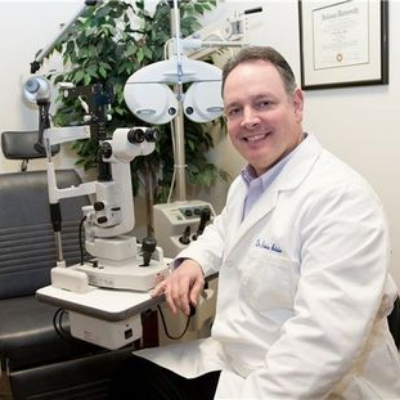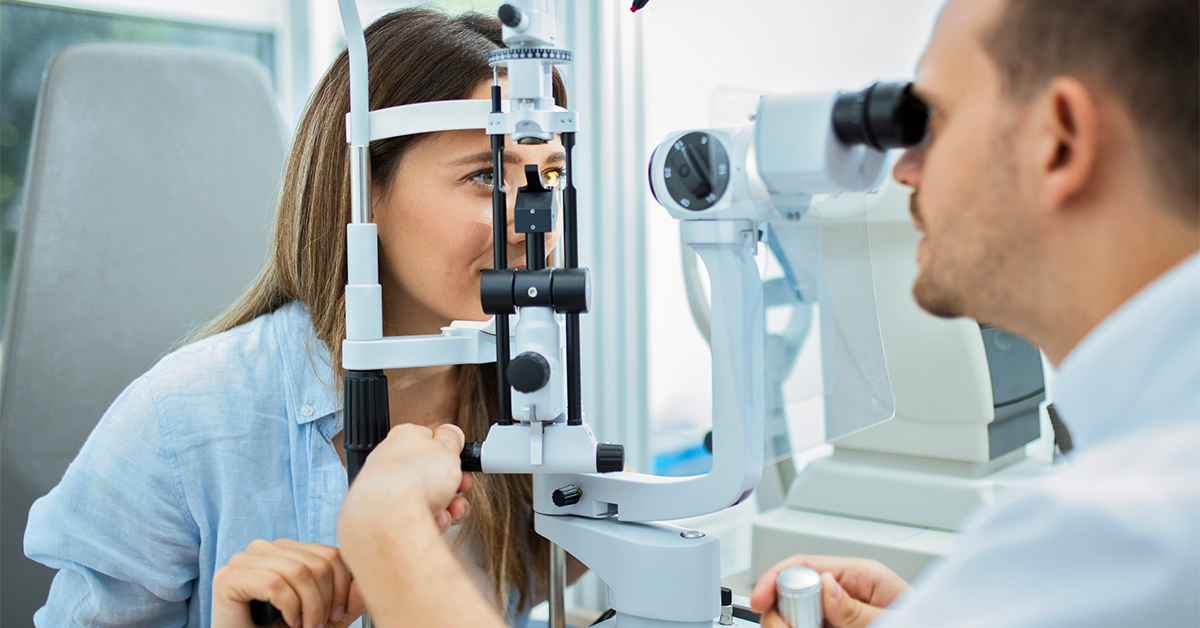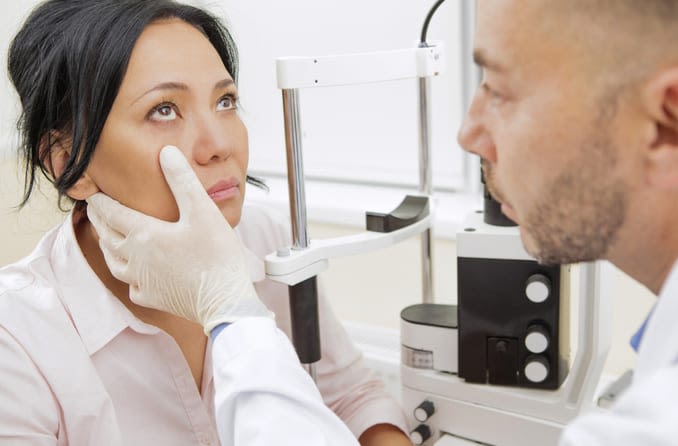Exploring the Most Recent Technical Improvements in Optometry and What They Mean for Eye Doctors
From the accuracy of Optical Coherence Tomography to the nuanced understandings offered by AI-driven analysis tools, these innovations are setting brand-new criteria in individual analysis and treatment. As these advancements permeate the method, eye doctors are encountered with the difficulty of accepting these tools to enhance patient outcomes.
Advancements in Diagnostic Equipment
Progressing the field of optometry, advancements in analysis devices have transformed the way eye treatment professionals analyze and detect ocular conditions and visual problems. The past years has actually seen substantial technical innovations, enabling even more thorough and accurate evaluations. Optical Comprehensibility Tomography (OCT), as an example, provides high-resolution cross-sectional photos of the retina, enabling for the very early detection of conditions such as glaucoma and age-related macular deterioration. This non-invasive imaging technique has actually become essential in modern optometric technique.
Another trick development is the introduction of sophisticated corneal topography systems, which map the surface curvature of the cornea with accuracy. These tools are especially advantageous for suitable call lenses and detecting corneal disorders. Digital retinal imaging has actually changed typical ophthalmoscopy, using detailed, panoramic sights of the retina that help with complete aesthetic evaluations.
The development of wavefront aberrometry has additionally been essential, making it possible for the evaluation of refractive mistakes with unequaled accuracy (Eye Doctor Optometrist). This innovation assists in personalizing rehabilitative lenses and improving surgical end results for refractive surgeries. Jointly, these analysis innovations empower eye doctors to supply premium patient treatment, making sure early treatment and customized therapy strategies, inevitably boosting aesthetic health and wellness results
AI in Person Administration
Structure on the foundation of sophisticated analysis tools, the consolidation of expert system (AI) in person monitoring represents a transformative jump for optometry. AI systems are significantly used to improve efficiency, accuracy, and customization in individual care. By evaluating vast quantities of data, AI can identify patterns and forecast prospective ocular problems, making it possible for optometrists to tailor treatments a lot more successfully. This capability is important in managing persistent eye conditions such as glaucoma and diabetic retinopathy, where very early discovery and continuous surveillance are essential.
Moreover, AI-driven systems facilitate structured patient interactions and management processes. Automated organizing, virtual appointments, and customized follow-up plans not just improve individual fulfillment but likewise enhance time management for experts. These systems can triage patients based upon the necessity of their conditions, making sure that those in critical requirement obtain prompt interest.
Moreover, AI enhances decision-making by offering eye doctors with evidence-based referrals and treatment pathways. By integrating data from digital wellness documents, AI tools use insights that inform scientific choices, reducing the danger of mistakes and boosting patient end results. As AI remains to develop, its duty in individual management will likely increase, reshaping the landscape of optometric treatment.
Advancements in Retinal Imaging
In the world of optometry, retinal imaging has witnessed remarkable technical improvements that are improving diagnostic capabilities and person treatment. Developments such as Optical Coherence Tomography (OCT) and fundus photography have actually changed exactly how optometrists visualize and analyze the retina.
Enhanced imaging techniques like OCT angiography are further refining analysis precision. This non-invasive strategy maps blood flow in the retina, offering essential insights right into vascular wellness without the need for color injections. Additionally, flexible optics technology is being incorporated into retinal imaging systems to correct ocular aberrations, providing extraordinary image quality. Such innovations help with the recognition of minute retinal adjustments that could indicate disease development.
Moreover, innovations in man-made knowledge are augmenting retinal imaging by allowing computerized evaluation of large datasets. These systems help eye doctors in recognizing patterns indicative of pathology, thus improving analysis precision and efficiency. Collectively, these developments are changing retinal imaging right into a keystone of modern eye care, improving results and increasing therapeutic possibilities.
Teleoptometry's Expanding Role
Teleoptometry is increasingly becoming a vital part of eye treatment, driven by developments in digital interaction and diagnostic tools. This is specifically valuable in country and underserved locations where accessibility to specialized eye care is frequently minimal.
The assimilation of expert system (AI) more improves teleoptometry, enabling the evaluation of visual information and helping in the detection of eye conditions such as glaucoma and diabetic person retinopathy. AI-powered algorithms can swiftly translate complex imaging information, offering eye doctors with important understandings that strengthen scientific decision-making.
In addition, teleoptometry sustains continuity of treatment via seamless integration with digital health and wellness records (EHRs), allowing eye doctors to maintain thorough individual histories. When consulting with various specialists., this go right here guarantees that individuals get consistent and individualized treatment also.
Despite these advantages, difficulties remain, consisting of guaranteeing information protection and taking care of patient expectations. Teleoptometry represents a significant stride towards more available, reliable, and patient-centered eye care. As modern technology advances, its role is poised to increase further.

Future Fads in Eye Treatment
A myriad of innovative fads is readied to improve the future of eye treatment, driven by technical developments and the developing demands of people. One considerable trend is the integration of synthetic intelligence (AI) in diagnostics, which promises to boost the accuracy and effectiveness of eye assessments. AI formulas can evaluate large amounts of data from retinal photos, possibly finding problems like diabetic retinopathy and glaucoma earlier than conventional approaches.
In addition, personalized medication is obtaining grip in optometry, with genetic testing informing tailored treatment plans. This strategy aims to optimize person results by tailoring treatments to private genetic accounts. Wearable technology, such as smart call lenses, is likewise on the horizon, supplying real-time tracking of intraocular pressure or sugar levels, hence offering continuous understandings into ocular and systemic health and wellness.
The fostering important source of enhanced reality (AR) and virtual fact (VIRTUAL REALITY) in training and individual education is an additional emerging fad. These innovations provide immersive experiences that can enhance understanding and abilities both for individuals and optometrists. As these patterns develop, optometrists should remain abreast of technical innovations to give sophisticated care, making certain improved client outcomes and satisfaction in the vibrant landscape of eye treatment.
Final Thought

Jointly, these diagnostic developments empower eye doctors to supply premium individual care, guaranteeing early treatment and tailored therapy strategies, eventually improving visual health and wellness outcomes.

As useful reference these technologies proceed to advance, eye doctors need to adapt and incorporate them into technique, inevitably maximizing operations effectiveness and boosting the requirement of eye care delivered to individuals.